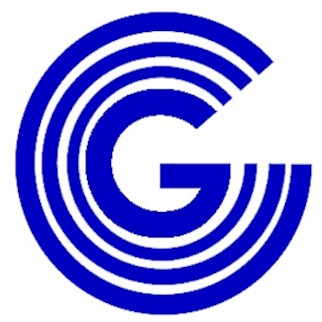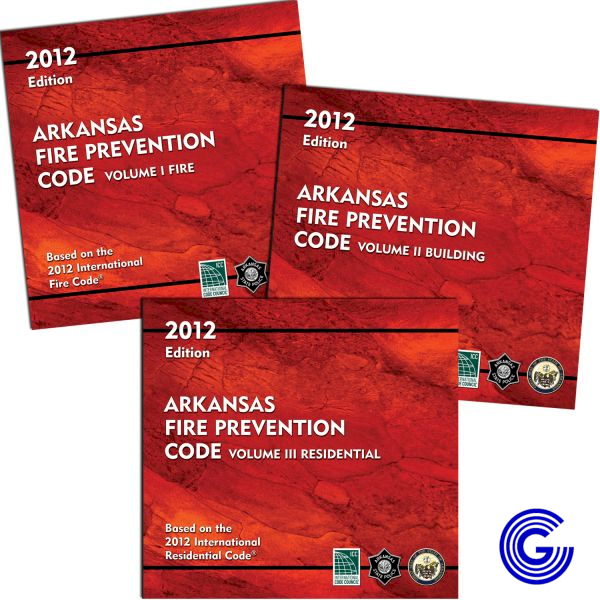A recent residential fire in our home town of Fort Smith has created some controversy, along with some misinformation. The fire resulted in lost lives, including a mother and her two children. It was reported that the home they were living in was rented and there were no working smoke alarms / smoke detectors in the home.
The story, which has been updated, is linked: Original story
Many blamed the home owner.
Many blamed the tenant, who perished in the fire.
Many blamed the Arkansas Realtor’s Association for lobbying against a new law dealing with smoke alarms / smoke detectors in rental properties.
There’s no state law requiring smoke detectors in rental properties.
The Arkansas Realtors Association has been criticized for lobbying against legislation containing this requirement among others.
A statement from @ArkRealtors in response ⤵️ #NWANews pic.twitter.com/hZNfWlYHur
— Andrew Epperson (@eppersports) November 22, 2019
Mr. Epperson tweeted several times regarding this home fire. We want to provide some code references to hopefully provide insight into who is responsible for ensuring a working fire alarm system. We will use the codes and standards adopted and referenced by Fort Smith at the time of the fire. Several sources must be referenced to get the full picture, and it will get technical. However, the line of reasoning is simple to follow and should be known by all residential fire alarm companies.
Code:
Arkansas has adopted the 2012 Arkansas Fire Prevention Code, based on the 2012 International Building Code, 2012 International Fire Code, and the 2012 International Residential Fire Code.
Building code breaks down buildings into occupancy classifications. It is what that building will be used for. A home is labeled as a R-3 occupancy, which is defined as:
310.5 Residential Group R-3. Residential occupancies where the occupants are primarily permanent in nature and not classified as Group R-1, R-2, R-4 or I, including:
Buildings that do not contain more than two dwelling units
Boarding houses (nontransient) with 16 or fewer occupants
Boarding houses (transient) with 10 or fewer occupants
Care facilities that provide accommodations for five or fewer persons receiving care
Congregate living facilities (nontransient) with 16 or fewer occupants
Arkansas Fire Prevention Code, Volume II, 2012 edition
The fire alarm requirement for homes, Group R-3 occupancies, is found in the Residential Code:
907.2.11.2 Groups R-2, R-3, R-4 and I-1. Single or multiple-station smoke alarms shall be installed and maintained in Groups R-2, R-3, R-4 and I-1 regardless of occupant load at all of the following locations:
1. On the ceiling or wall outside of each separate sleeping area in the immediate vicinity of bedrooms.
2. In each room used for sleeping purposes.
Exception: Single- or multiple-station smoke
alarms in Group I-1 shall not be required
where smoke detectors are provided in the
sleeping rooms as part of an automatic smoke
detection system.
3. In each story within a dwelling unit, including basements but not including crawl spaces and uninhabitable attics. In dwellings or dwelling units with split levels and without an intervening door between the adjacent levels, a smoke alarm installed on the upper level shall suffice for the adjacent lower level provided that the lower level is less than one full story below the upper level.
Arkansas Fire Prevention Code, Volume III, 2012 edition
This requirement applies to all single family dwellings (the requirement for apartments, dormitories, and hotels is more stringent), whether rented or owned.
Standard:
In addition to setting the fire alarm requirements for occupancies classifications, the 2012 Arkansas Fire Prevention Code also brings in several installation standards through reference. The standard that applies to fire alarm systems, including residential systems, is NFPA 72, 2010 edition. It is referenced by the code in several places, including: Table 901.6.1, 907.2, and 907.2.11.
The standard does several things:
It gives spacing requirements for detectors.
It gives inspection, testing, and maintenance requirements.
It gives reliability percentages for each type of smoke detection system.
These are all found in Chapter 29. Because of the depth of detail, we will simply quote the following reliability numbers that shows smoke detectors (tied to a fire alarm system) are superior to smoke alarms (like electricians install):
Reliability of Equipment:
29.4.3* Equipment. The performance of fire-warning equipment discussed in this chapter shall depend on such equipment being properly selected, installed, operated, tested, and maintained in accordance with the provisions of this Code and with the manufacturer’s published instructions provided with the equipment.
A.29.4.3 Assumptions — Equipment is as follows:
(1) Maintenance. Good fire protection requires that the equipment be maintained periodically.
If the system owner or responsible party is unable to perform the required maintenance, a maintenance agreement should be considered.
(2) Reliability of fire alarm systems. Fire alarm systems located in dwelling units and having all of the following features are considered to have a functional reliability of 95 percent:
(a) Utilizes a control unit
(b) Has at least two independent sources of operating power
(c) Monitors all initiating and notification circuits for integrity
(d) Transmits alarm signals to a constantly attended, remote monitoring location
(e) Is tested regularly by the homeowner and at least every 3 years by a qualified service technician
(3) Reliability of fire alarm systems without remote monitoring or with wireless transmission.
Fire alarm systems for dwelling units with all of the preceding features except (d) or systems that use low-power wireless transmission from initiating devices within the dwelling units are considered to have a functional reliability of 90 percent.
(4) Reliability of other systems. Fire alarm systems for dwelling units comprised of interconnected smoke alarms where the interconnecting means is monitored for integrity are considered to have a functional reliability of 88 percent. If the interconnecting means is not supervised or the alarms are not interconnected, such systems are considered to have a functional reliability of 85 percent.
Responsibility:
Both the Code and Standard state to whom the responsibility of the fire alarm system falls.
907.8.5 Maintenance, inspection and testing.
The building owner shall be responsible to maintain the fire and life safety systems in an operable condition at all times. Service personnel shall meet the qualification requirements of NFPA 72 for maintaining, inspecting and testing such systems. A written record shall be maintained and shall be made available to the fire code official.
Arkansas Fire Prevention Code, Volume II, 2012 edition
14.2.2 Responsibilities.
14.2.2.1* The property or building or system owner or the owner’s designated representative shall be responsible for inspection, testing, and maintenance of the system and for alterations or additions to this system.
NFPA 72, 2010 edition
Summary:
We don’t know enough details to offer a conclusion as to who was at fault, or what went wrong that cost three people their lives. We do feel that no life is worth the $150.00 it costs to install a smoke detector and the $12.95/month it costs to have that system monitored by a UL Listed / FM Approved Central Station. If that cost is simply out of reach, smoke alarms purchased at your favorite box store should provide sufficient warning to allow you to escape during the early stages of a fire. If this is your only option, and you don’t know where to place the smoke alarms, call us. We can help. Place them in each sleeping area (any room with a closet and door/window to the outside), one outside of each sleeping area, and one on each full level of the home.
Once the smoke detectors / smoke alarms are installed, they must also be tested. Guard Tronic offered some information about the new standard (already adopted in Oklahoma, but not yet in Arkansas) in a previous news report here. If you test your smoke alarms yourself, please read and follow the manufacturer’s instructions and replace smoke alarms every 10 years.
NFPA 72, the National Fire Alarm and Signaling Code, states:
Household Fire Alarm Systems.
Testing. Household fire alarm systems shall be tested
by a qualified service technician at least annually.
NFPA 72 14.4.6.1, 2013Guard Tronic
(800) 542-7866
info@guardtronic.com pic.twitter.com/QNMCEyCzpb— Guard Tronic, Inc. (@GuardTronicInc) September 30, 2019
Guard Tronic
Proven Property Protection since 1959
(800) 542-7866
info@guardtronic.com

